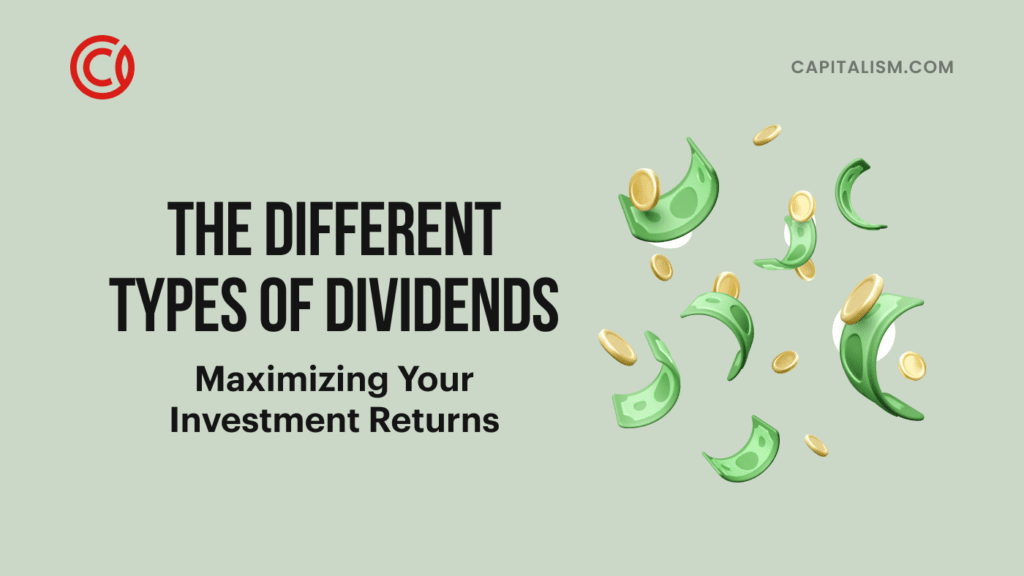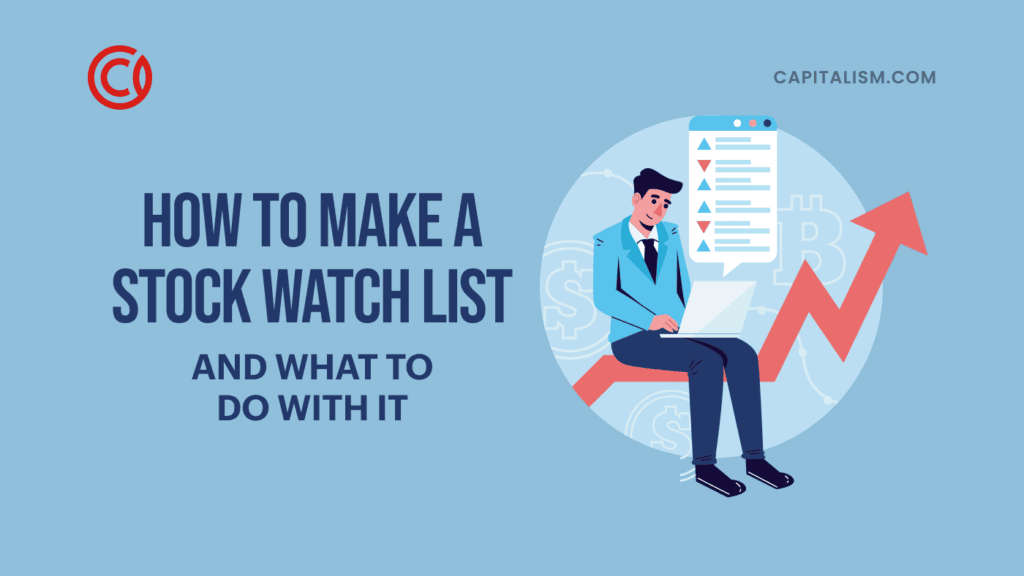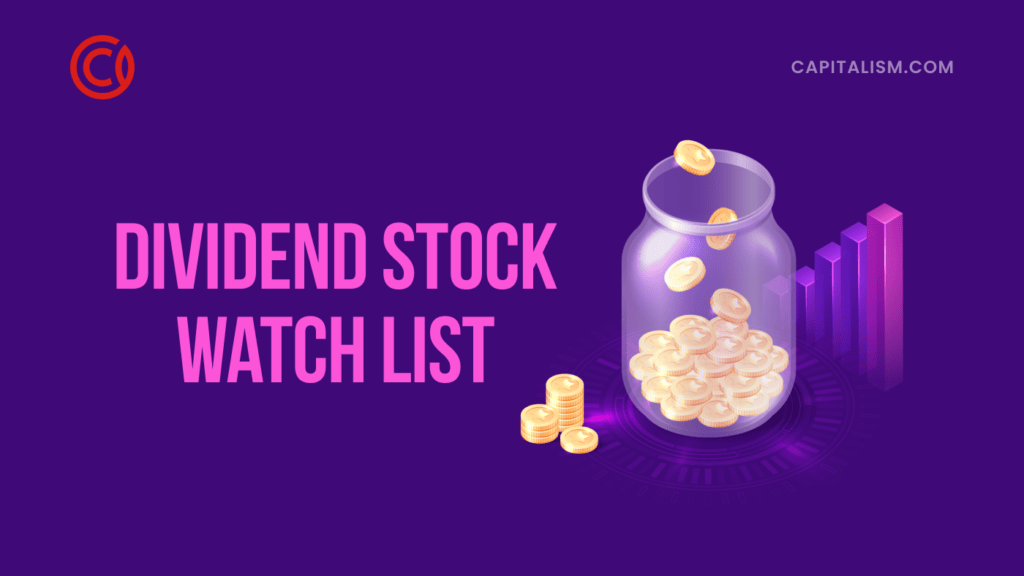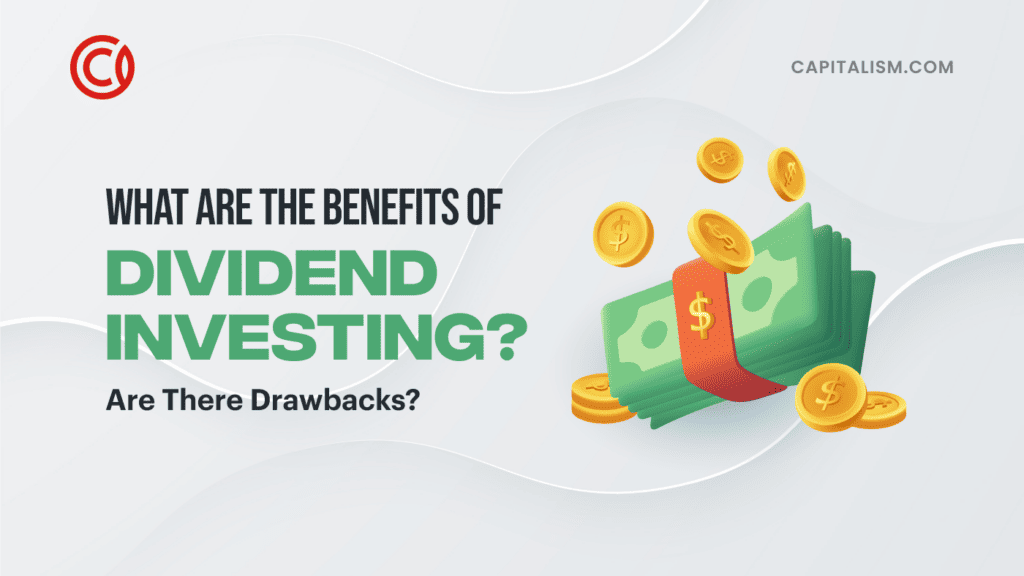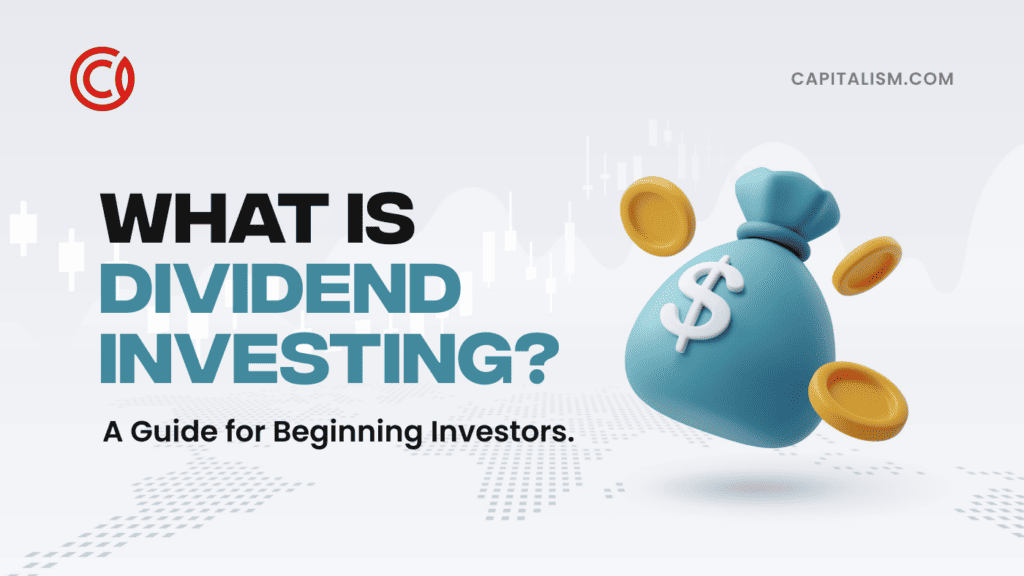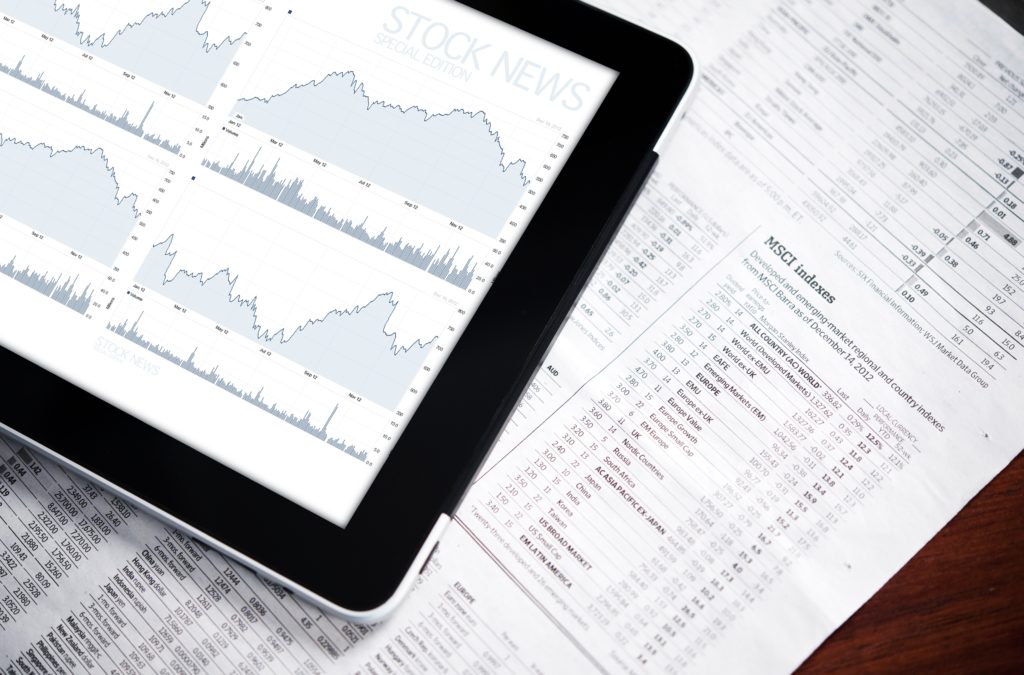Are you curious about the different types of dividends and how they can work for your investment strategy?
Whether you're a seasoned investor or just starting, understanding dividends is crucial to maximizing your returns.
This article will guide you through the various types of dividends, from cash and special dividends to stock and hybrid dividends. It also offers insights into how stock buybacks differ from dividends and which type of dividend may be most beneficial for your unique financial goals. Step into the world of dividend investing and discover how you can boost your investment portfolio today.
After you've finished this post, don't forget to check out our FREE coaching program designed to turbocharge your net worth and propel you toward your first million at record speed!
What is Dividend Investing?
Dividend investing is a reasonably straightforward investment strategy. Investors expect the price of a stock they buy to increase over time. But some companies return additional value to their shareholders through a dividend.
A dividend is a portion of a company's profits that a company pays to shareholders. This is a payment that goes to shareholders just for owning the stock. And as long as they are shareholders of the stock on the ex-dividend date, they are eligible for the dividend.
Dividends Increase a Stock's Total Return
A dividend becomes part of a stock's total return and measures the true value an investor receives from a stock over a specific period when both stock price growth and dividends factor in.

For example, in 2022, PepsiCo Inc. (NASDAQ: PEP) stock grew 4% in share price. Its starting price was $173.71, closing the year at $180.66.
180.66-173.71 = 6.95
6.95/173.71 = 0.04, or 4%
But Pepsi also paid a dividend with an average yield of 2.65%. To get the stock's total return, add it to the share price growth. So the total return for Pepsi is:
4% + 2.65% = 6.65%
Total return helps compare one dividend stock against another. It's also a good way to compare a stock that pays dividends against a stock that does not.
Let's continue to use PepsiCo as an example. Investors looking at PEP stock may also look at The Coca-Cola Company (NYSE: KO).
In 2022, Coca-Cola stock's share price grew 7%. It also had a dividend yield of 2.8%. So the total return for KO stock was 9.8%.
If investors were looking for a total return that outpaced inflation, both stocks would have worked, but KO stock would have been the better choice. However, that presumes the company paid its dividend in cash. Other types of dividends will be the focus of this article.
What Are the Different Types of Dividends?
In the case of Pepsi and Coke, and for most dividend-paying stocks, a cash dividend is the most common type. But a company may pay its shareholders with other dividend types. Here is a brief look at each option.
Cash Dividend
Cash dividends are by far the most common type of dividend. As the name says, this is a cash payment that goes directly to shareholders of record. In most cases, dividends are paid every three months (i.e., quarterly), but they may pay out monthly, annually or semi-annually.
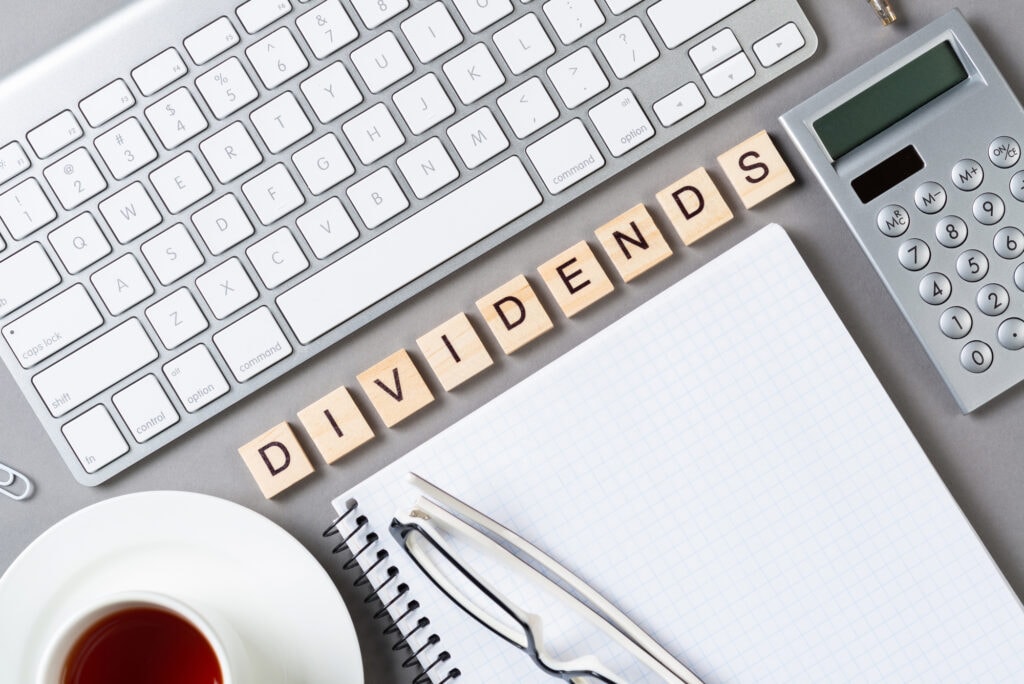
Before the internet, a dividend payment was paid to investors by check. Today, payments typically go into an investor's account as an electronic deposit.
If the company allows, an investor can choose to have their cash dividend reinvested. You reinvest the cash from your dividend to buy more shares and/or partial shares of the stock, allowing you to benefit from the compounding effect because your dividend payout would increase for the next quarter. Then when you reinvest those dividends, you buy more shares, increasing your next dividend payment.
Reinvesting dividends is a solid strategy for passive income. Your returns will be even larger if you continue to buy shares of the stock during this time. In bull markets, you'll be adding to your gains and at times when the stock is underperforming, reinvesting the dividends will boost your total return.
Special Dividend
A special dividend is a cash dividend that occurs outside a company's announced dividend policy. The only difference with this dividend is its timing. Usually, a company will issue a special dividend because they find themselves with excess cash due to stronger-than-expected earnings growth.
This was the case for Camping World Holdings Inc. (NYSE: CWH) in 2021. Due to the COVID-19 pandemic, demand for recreational vehicles and other camping equipment soared. The demand led the company to deliver a 14-cent-per-share dividend in 2021.
Stock Dividends
Stock dividends are different from cash dividends in that instead of cash, a shareholder receives new shares in the company. The number of shares you receive as a shareholder depends on the number of shares you already own, known as being paid out pro rata.
This is different from reinvesting dividends because investors cannot receive a cash payment, but it does offer the same compounding benefit.
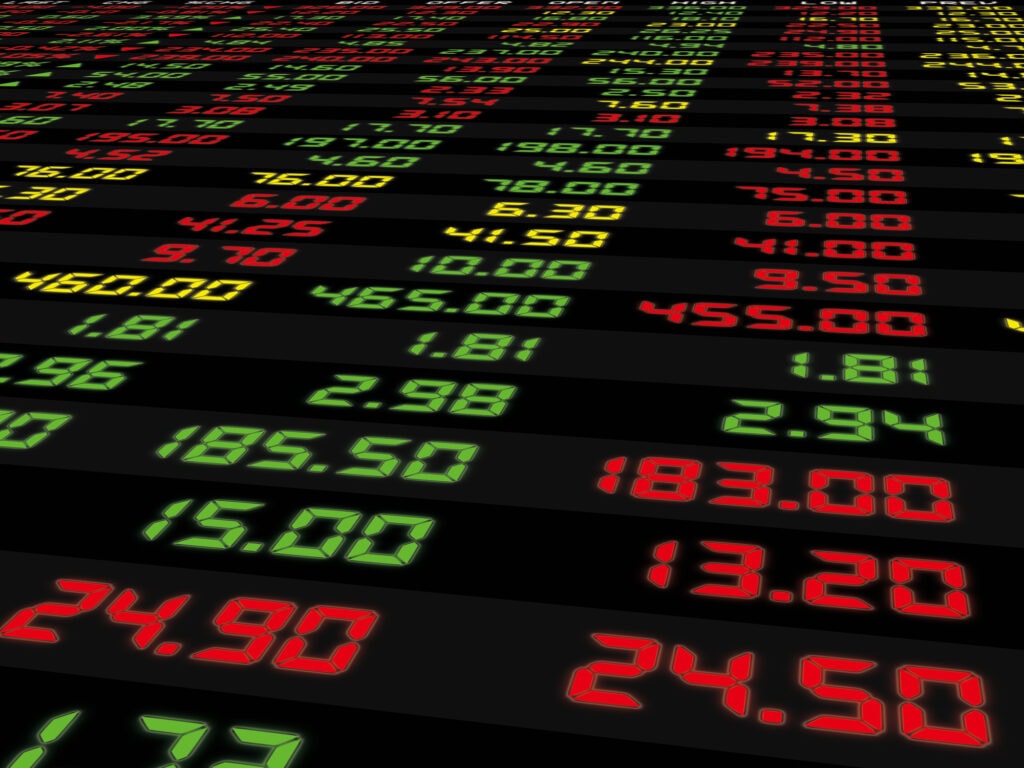
Hybrid Dividends
A hybrid dividend is a dividend that pays out in the form of both cash and stock. For example, a company may announce a dividend of 15 cents per share plus an additional 10% of the shares owned. If you own 100 shares of the stock, you will receive a $15 cash dividend plus 10 additional stock shares.
Asset Dividends
These are also known as property dividends. In this case, a company compensates shareholders through tangible assets such as investment securities, physical assets and real estate.
Common Dividends
A common dividend is not a type of dividend. It defines a category (or class) of shareholders receiving it. Most retail investors receive common dividends.
Preferred Dividends
Preferred dividends define the class of stock receiving the dividend. Preferred dividends pay out on shares of a company's preferred stock, generally listed as a separate ticker symbol. If a company has difficulty paying its dividend, preferred dividends take precedence over common dividends.
How Do Stock Buybacks Differ from Dividend Payments?
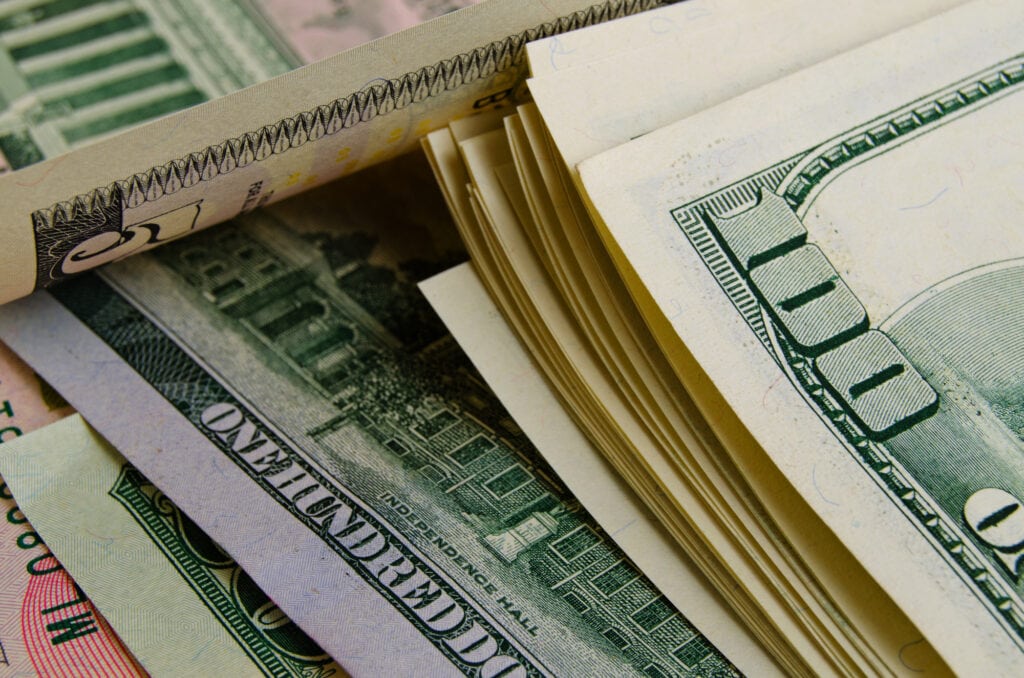
Stock buybacks are a way for companies to increase shareholder value. But these are different from dividends in a meaningful way. Stock buybacks are paid out of the cash on a company's balance sheet. That cash is used to repurchase its own stock directly.
Share buybacks provide shareholders by reducing the number of shares outstanding. You can calculate a company's earnings per share (EPS) as follows:
Net earnings/shares outstanding
When a company buys back its own shares, it lowers the denominator of the formula, which increases the overall EPS.
In many cases, companies will issue stock buybacks in addition to dividend payments.
Is One Kind of Dividend Preferable to Another?
It depends on your investment goal. You'll want to receive a cash dividend if you're at or near retirement and rely on this cash as income. If you're still building wealth, you may prefer to buy companies that pay their dividends in stocks or as a hybrid model.
However, remember that the vast majority of dividend-paying stocks pay dividends in the form of cash. In this case, reinvesting your dividends is a good choice if you're still in the accumulation stage of your investment journey.
Takeaway
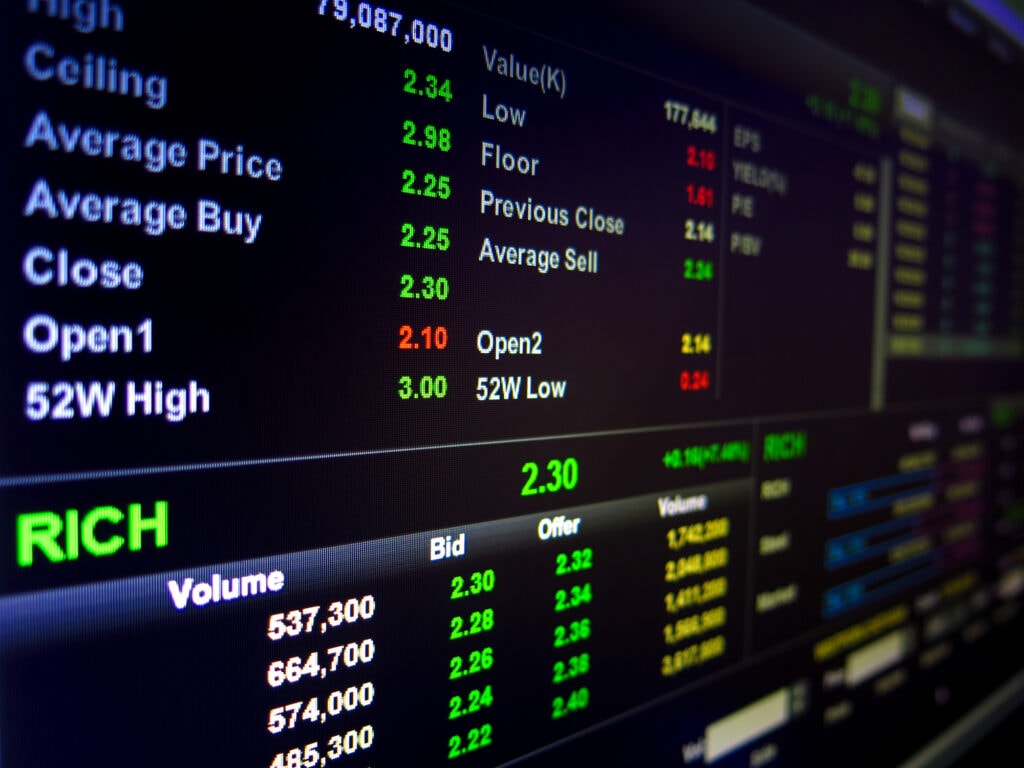
In conclusion, dividends are a crucial element of a balanced investment strategy, offering potential for passive income and wealth accumulation.
Whether they come in the form of cash, stocks, assets, or a hybrid, understanding the different types of dividends helps investors make informed decisions to optimize returns. As with all investing strategies, the best approach depends on your personal financial goals, risk tolerance, and timeline.
So, whether you're a seasoned investor or just starting out, consider the power of dividends and the different types available to enhance your portfolio's performance and diversify your income streams.
Here at Capitalism.com, we teach entrepreneurs to build a business that makes the world a better place and invest the profits for long-term wealth creation.
We’re on a mission to make one million new millionaires by 2028. We’d love YOU to be one of them.
These strategies can definitely help amplify your earning potential.
But why stop here?
Discover more strategies, tactics, and secrets to wealth-building in our FREE Road to $1 Million course. It's the first step on your journey towards financial freedom and joining our ambitious mission to create one million millionaires by 2028. Sign up and let's get started.
